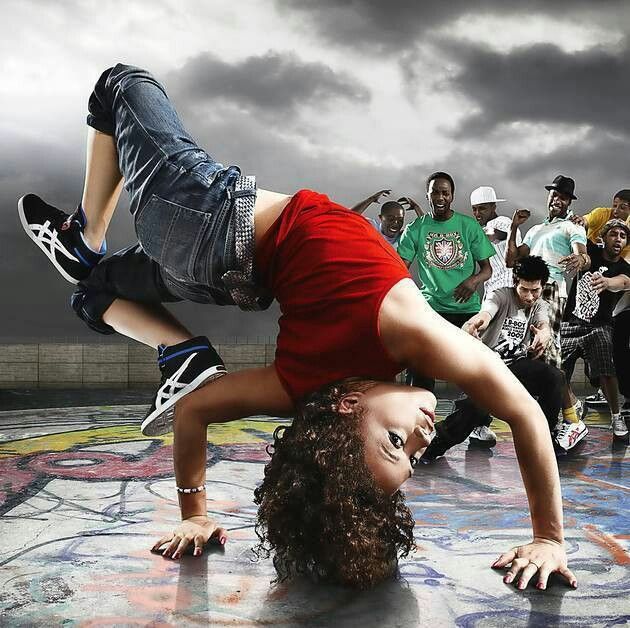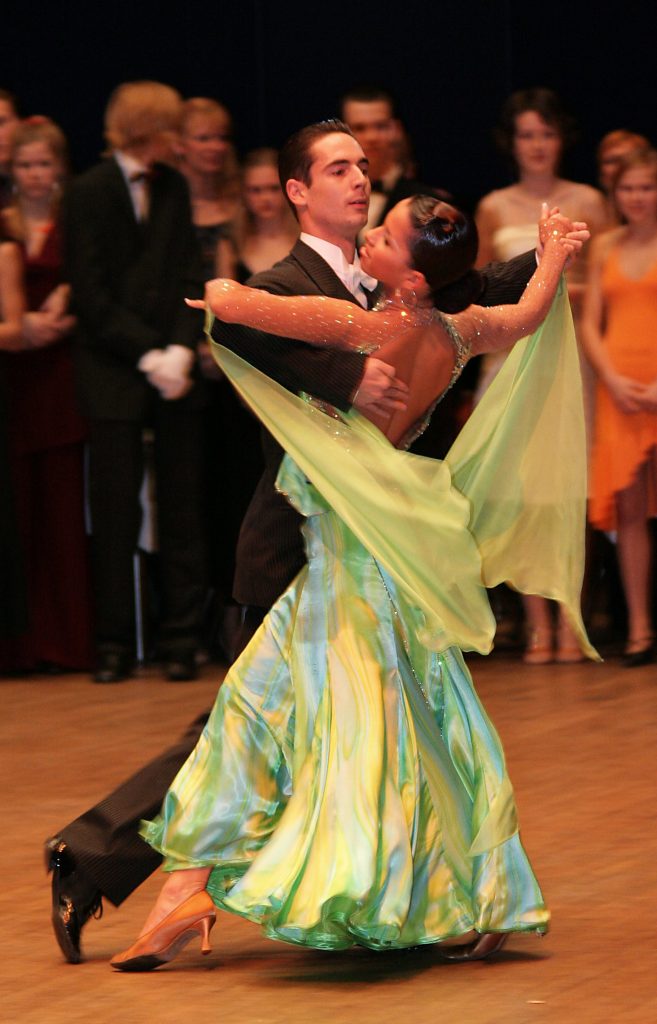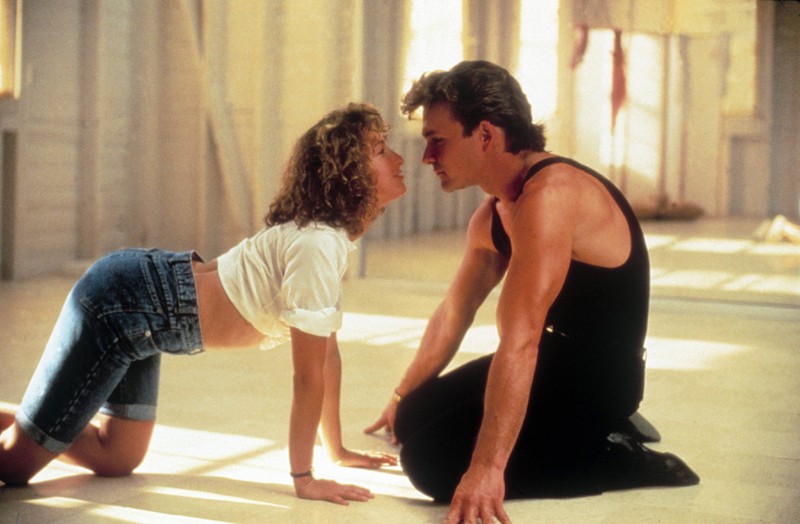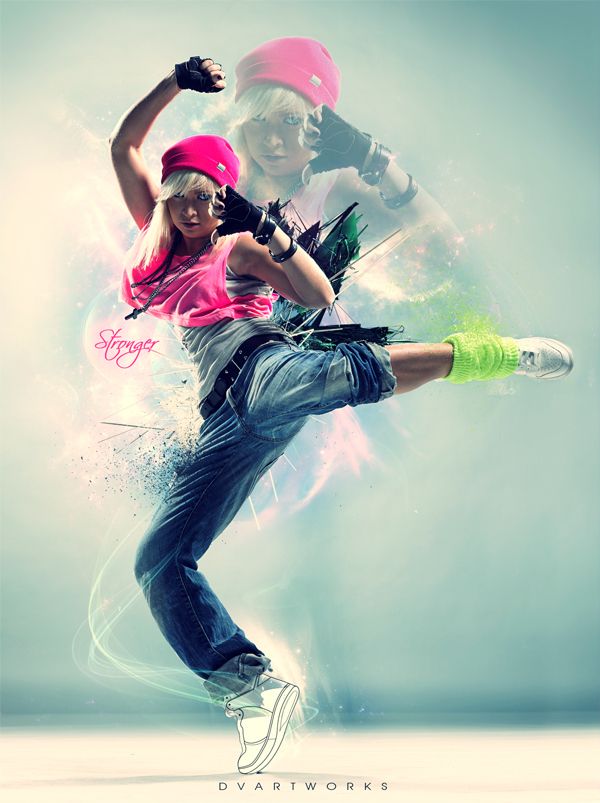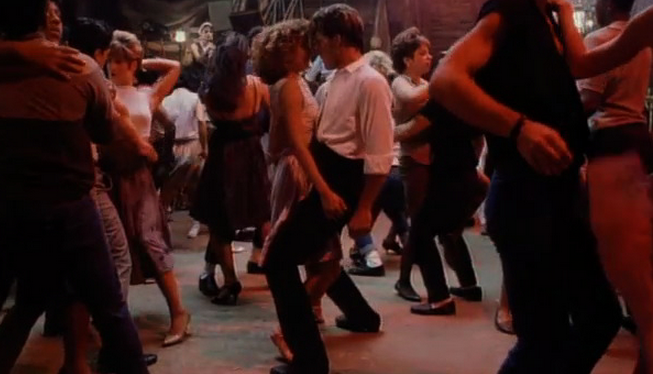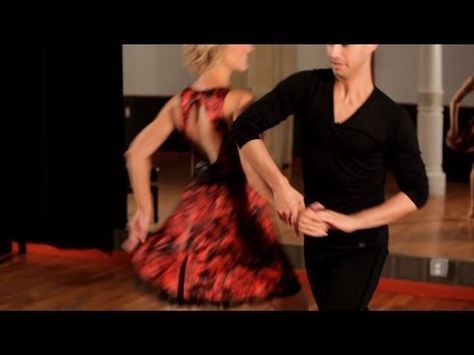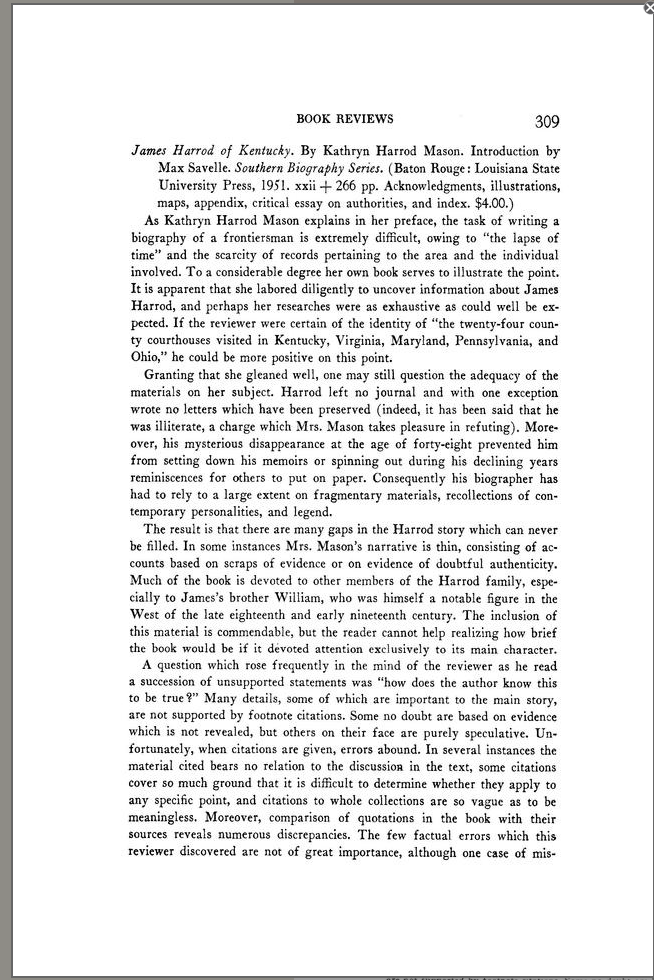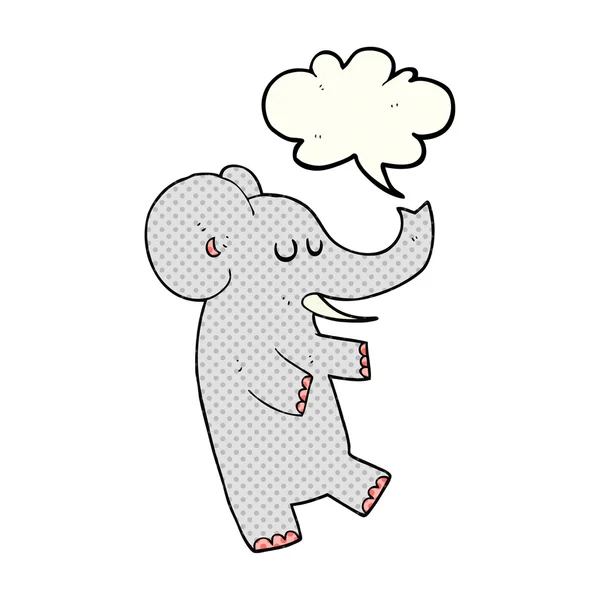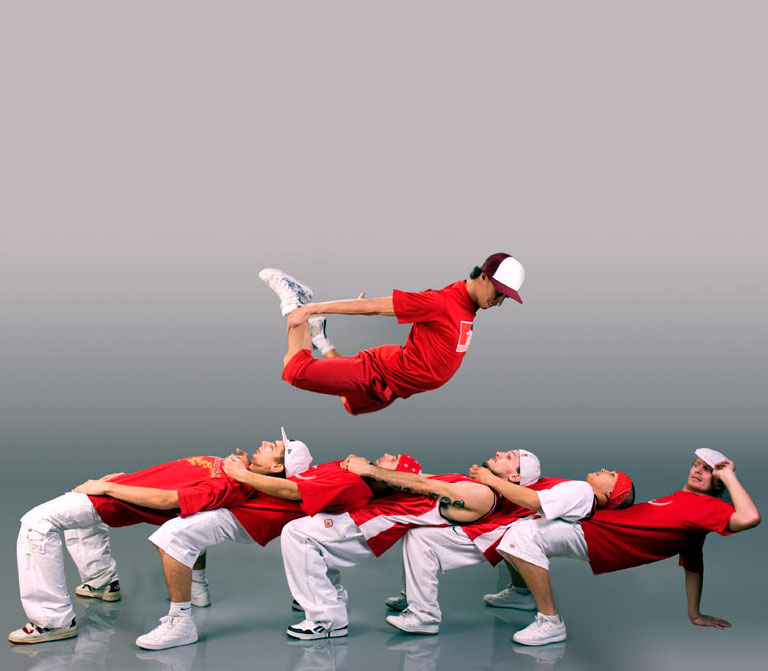How to dance street hip hop
All you need to know
Dance
© Carlo Cruz/Red Bull Content Pool
Red Bull Dance Your Style events are happening again, so get to know the differences between everything from locking and popping, to hip-hop and house.
By FraGue Moser-KindlerUpdated on
Red Bull Dance Your Style is a dance competition that features dancers from different street dance backgrounds. It's all about introducing you to the most important disciplines of street dance and some of their most accomplished practitioners.
When you watch different street dancers, they can appear totally different. The reason for that is that street dance isn't a single dance style, but a catch-all term we use for all the dance styles that have their origins 'in the streets'. Also, every dancer strives for their own unique style within the dance they do.
The most common street-dance styles are: locking, hip-hop (aka hip-hop freestyle or new style), popping, house (aka house dance) and breaking (aka B-Boying or its media-created name breakdancing). Below we will briefly introduce those five styles and show a videoclip to understand how they look.
While watching, you should pay attention to the different styles of music, which ultimately lead to the differences in the dance styles.
01
Locking
Locking looks light-hearted and happy. This is probably because the music is funk, which is played by real musicians (not produced on a computer) and feels much more alive as a result. The second point is that the inspiration for a lot of the moves comes from comic characters that were on TV when the dance was created. Some of the names even reference the character that inspired them – the Scooby Doo or the Tom and Jerry are both good examples of this.
The legend says that the 'lock', which gives the dance style its name, was created when American dancer Don Campbell tried to do a move called the Funky Chicken but couldn't get it right.
Watch the Locking Final of Juste Debout 2017 below.
11 min
Locking Final
Vovan and Funky-J (Paris, France) go up against Black A and JP Black (Sorocaba, Brazil) in a funk-filled face-off for the Locking Championship.
02
Hip-hop
Hip-hop is a dance style based on freestyling with techniques originating in the social dances from the beginning of hip-hop culture and other influences. These can range from other dance forms, movement from everyday life to nature or even fictional characters from movies. Hip-hop dancing can look very different from one dancer to the other. The personal interpretation of the movement and the music is what gives the dance its ultimate flavour.
Watch the Hip-Hop Final of Juste Debout 2017 below.
11 min
Hip-Hop Final
This is a dance battle that’s all about personal expression and making conversation through movement – this is the Juste Debout 2017 Hip-Hop Final.
03
Popping
Another style that originated on the USA's west-coast is popping. It has a slower pace and is defined through hard muscle contractions called pops. When music production shifted from musicians with instruments to drum machines and synthesisers, the dance music was infused with a very precise and robotic vibe, which further shaped the look of this style. Poppers create illusions in their movement by using isolation techniques to create seemingly impossible moves and the style is often used as a catch-all term for similar styles even though pioneers of these styles disagree on that and have their own separate names for them.
Take a look at the Popping Final of Juste Debout 2018 below.
11 min
Popping Final
Ness and Poppin'C face off with bold moves against Greenteck and Nelson to bring the judges to their feet and win the championship street dance competition in the Popping category.
04
House
House dance originated in Chicago and New York, and is different from the other styles on this list for many reasons. It's the only style performed to house music, while all the others have a funk or hip-hop soundtrack.
While the dancers usually have a relaxed vibe in the upper body and arms, the style emphasises fast and complex footwork. The steps and combinations are like a kaleidoscope of different cultures, borrowing inspirations from African dance, Latino dances, Native-American dance and many more.
See some of the finest house dancers in the final battle of Juste Debout 2018 in the player below.
13 min
House Final
Toyin & Frankie J get into the groove against Kwame & Serge to win the street dance championship. Feel the vibe that’s expressed by the dancers as they improvise their moves based on the music.
05
Waacking
Waacking emerged in the LGBTQ2S+ clubs of Los Angeles during the 1970s disco era and was popularized on the TV show Soultrain.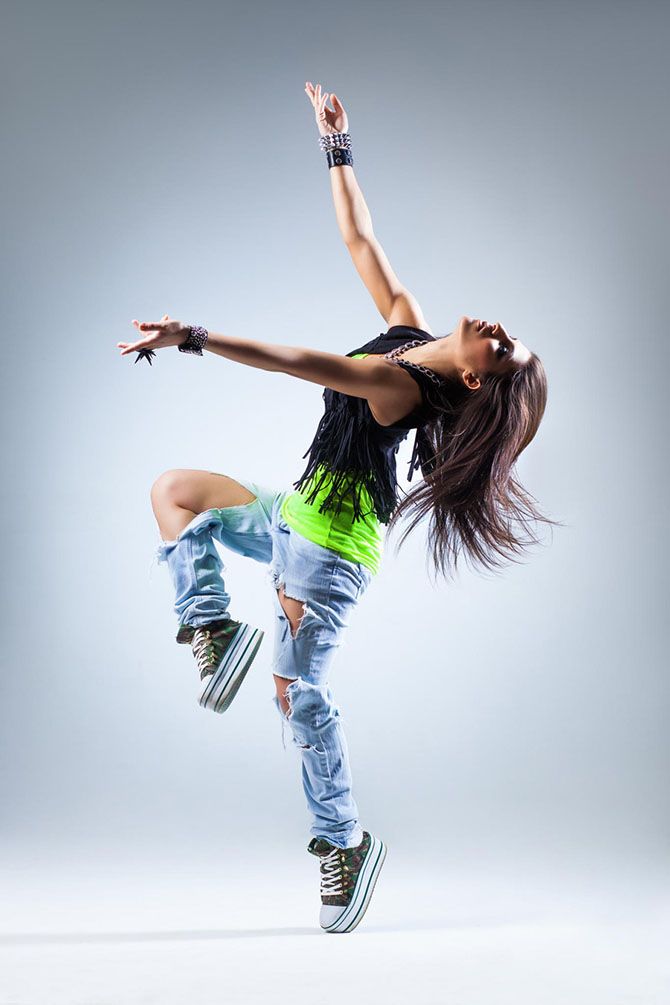 The style is known for its diva-like choreography—traditionally mimicking poses seen on a runway— and combines striking arm movements with fancy footwork.
The style is known for its diva-like choreography—traditionally mimicking poses seen on a runway— and combines striking arm movements with fancy footwork.
Meet Japanese Waacking dancer, Yumeki, who's a wildcard at Red Bull Dance Your Style World Final 2021, in the player below.
3 min
Introducing Yumeki
Meet Japanese Waacking dancer, Yumeki, who's a wildcard at Red Bull Dance Your Style World Final 2021.
06
Breaking
Breaking originated in the Bronx in New York City. It was an artistic outlet for the youth and is considered to be one of the four original elements of hip-hop culture. The unique features of breaking include acrobatic movement and an emphasis on ground moves, while the other styles prioritise dancing while standing up. Breaking isn't one of the styles represented in Red Bull Dance Your Style because breakers have their own competition that's called Red Bull BC One, but occasionally dancers borrow moves from breaking to add to their performance.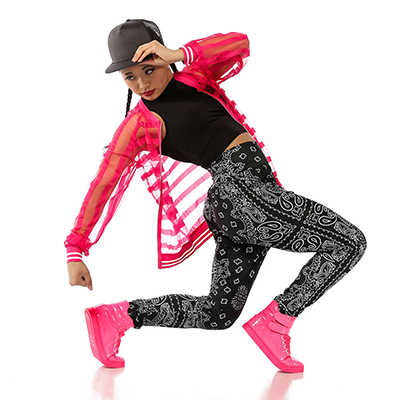
Watch the final battles of Red Bull BC One 2018 for examples of B-Girls and B-Boys breaking in the players below.
6 min
San Andrea vs Ami – B-Girl final
B-Girls Ami and San Andrea battle one-on-one to claim the inaugural Red Bull BC One B-Girl championship belt.
7 min
Lil Zoo vs Luigi – final
The finalists Lil Zoo and Luigi go head-to-head to decide who'll be crowned the Red Bull BC One 2018 champion.
07
Krumping
Krumping is an energetic street dance style characterized by sharp movements, power and aggression. Taking heavy influence from the clowning dance style, krumping was popularized in the early 2000s after the short-documentary, titled Krumped" appeared at the Aspen Shortfest in 2004. The discipline has been a staple of street dancing ever since.
Meet US krump dancer, Outrage, who's a wildcard at Red Bull Dance Your Style World Final 2021, in the player below.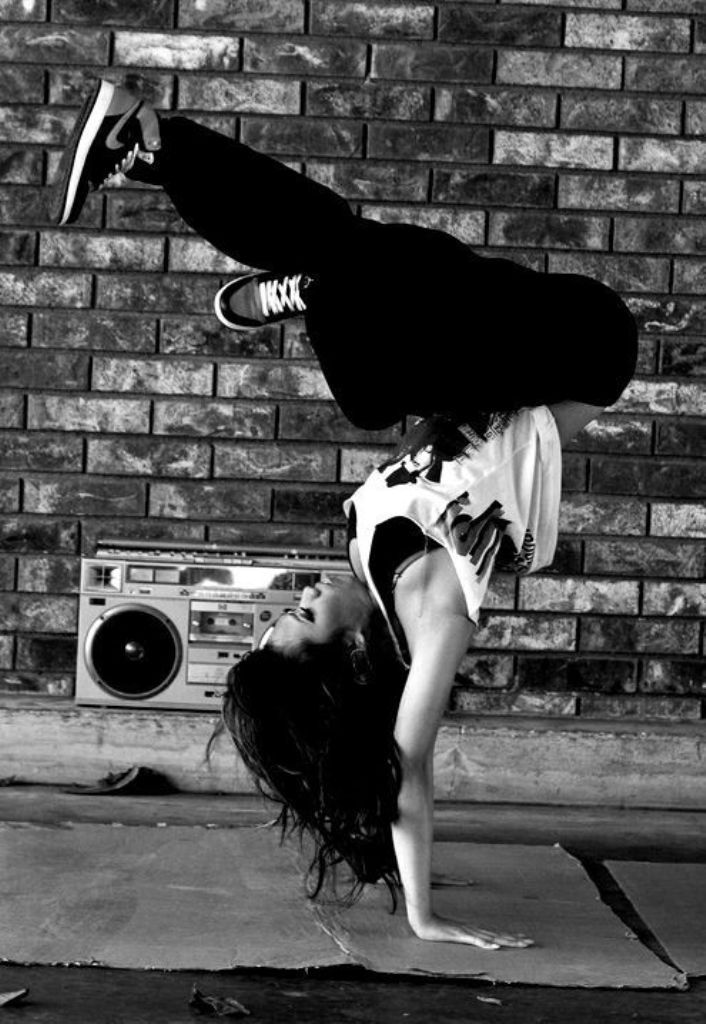
3 min
Introducing Outrage
Meet US krump dancer, Outrage, who's a wildcard at Red Bull Dance Your Style World Final 2021.
Now learn more
If you want to see more amazing dance, make sure to check out Dance on Red Bull TV. We recommend you start with Get to know the world of Streetdance and the ABC of... Breaking.
What Is Hip Hop Dance? Learn the History & Moves at Home
The moves, the style, the music…
From where it all started until now, Hip Hop dance & culture has made, and is still making, a huge impact on our world.
And if you’re a dancer, studying Hip Hop’s undeniably raw and fascinating background should be considered a core part of your education!
To get you started, we’ve put together a Hip Hop dance crash course for you below.
In this article we’ll cover:
- The definition of Hip Hop dance
- The 5 elements of Hip Hop
- The history of Hip Hop Culture
- Types of Hip Hop dance
- Mainstream media’s effect on Hip Hop
- Everything you need to know about Hip Hop dance classes
But first… if you’re looking to do more than read about Hip Hop dance, here’s a shortcut to our online Beginner Hip Hop dance program!
There, your instructor Buddha Stretch will teach you about Hip Hop history in real time, while also showing you the basic moves and foundations of the style, step-by-step.
All right, let’s dive into all things Hip Hop.
What Is Hip Hop Dance?
Hip Hop Dance is a style of movement characterized by bounces and rocks, executed to Hip Hop music. It has deep historical and social roots in African American culture, having emerged in Black communities living in 1970s New York. While frequently referred to as a singular dance style, Hip Hop dance is part of a whole culture of Hip Hop, that includes Deejaying, Graffiti, Emceeing, and Breaking.
The 5 Elements of Hip Hop
Deejaying
Also known as turntabling, this is an art form in which music is made in real time using record players and DJ mixers. DJs in the Hip Hop community are responsible for creating/curating the music that gets people on the dance floor at parties.
Emceeing
MC stands for “Master of Ceremonies” and they’re basically the hype-man of the DJ! The MC gets the crowd going and will sometimes freestyle rap over the music.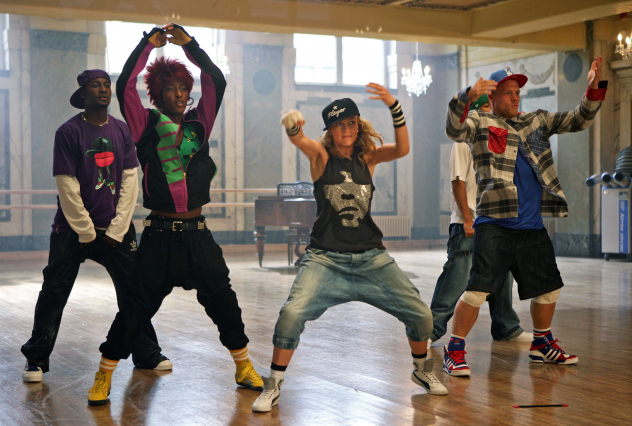
Graffiti
This is the art of expressing oneself about everyday life using spray paint on walls/outdoor spaces.
Breaking
Breaking (often called breakdancing by popular media) is the original dance style that came out of the Hip Hop community. It started out with these 5 core movements: Top Rocks, Fast Footwork, Back Rocks, Freezes, and Power Moves.
Knowledge
This element is the thread that weaves all the other elements together. “Knowledge of self” refers to the Afro-diasporic mix of spiritual and political consciousness designed to empower members of oppressed groups by portraying social change and giving back to the minority communities.
While some OG members of the Hip Hop community consider other elements to be part of Hip Hop’s core (such as Beatboxing) all agree – you must participate in the 5 elements above to be considered a member of authentic Hip Hop culture.
The History of Hip Hop Culture
The Bronx in the 70's was a rough, dangerous place to grow up. The youth were surrounded by drugs, crime, poverty, gang violence, and overall struggle.
The youth were surrounded by drugs, crime, poverty, gang violence, and overall struggle.
Yet they, particularly the African American and Latino youth (minority groups), were neglected by mainstream institutions.
Desperate for a way to escape their everyday struggles, they invented their own art forms.
These art forms, which the youth embodied in the way they dressed, talked, moved, and expressed themselves, soon became a lifestyle. A way to live.
This lifestyle and culture became known as Hip Hop.
KRS-One defines the etymology of "Hip Hop" in this lecture below.
"Hip" = present, "Hop"= action.
So, Hip Hop is a movement that represents the freedom to learn, grow, and evolve.
Despite the negativity and tumult in the South Bronx, Hip Hop heads were able to rise above their environment and create a positive form of release.
Instead of substances and violence, their energy was redirected to values like originality, creativity, identity, respect, and community.
The same way that our religious, ethnic, and familial backgrounds inform our way of being in the world, Hip Hop was the way that people could be in a way that felt right to them.
Deejaying, Emceeing, Breaking and Dancing, and Graffiti weren't just hobbies – they were sanctuaries.
Photo by The Guardian
DJ Kool Herc (AKA the “Father of Hip Hop”) used to start block parties in the West Bronx (AKA the “birthplace of Hip Hop").
He played music on his turntables and the community would come out to mingle and dance.
If you've ever heard of "1520 Sedgwick Avenue" that's the address of the iconic building where many of these first parties took place.
As Kool Herc watched the people party, he noticed that they got the most hype during the breakbeat of a song.
(The breakbeat is the instrumental, percussive section in funk and R&B records.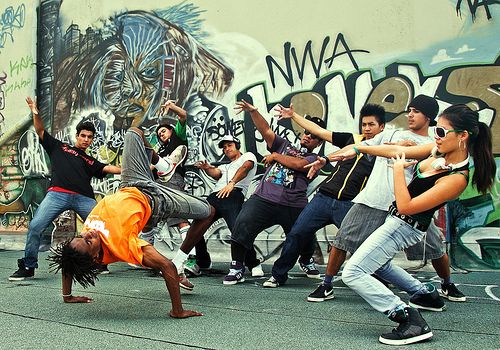 )
)
And since his job as a DJ was to keep the energy of the party up, he found a way to extend the breakbeat by isolating it, then using two turntables to play it back to back on a loop.
Grandmaster Flash further innovated the art of DJing by using his headphones to pinpoint exactly where the beats started and ended.
This allowed him to “precue” the beats and make seamless transitions between the breaks. (Price 156)
As this happened, the Master of Ceremonies, or MC, or Emcee, would hype up the DJ and the crowd, keeping the energy going.
By the late 1970s, DJs and Emcees were getting together regularly to spin, scratch, cut, and mix for the community.
Photo by Voices of East Anglia
As much as the art forms within Hip Hop have evolved over the decades, the core tenants of the culture remain.
Now that we’re familiar with the history of Hip Hop culture, let’s take a closer look at the two major Hip Hop dance styles – Breaking and Party Dances.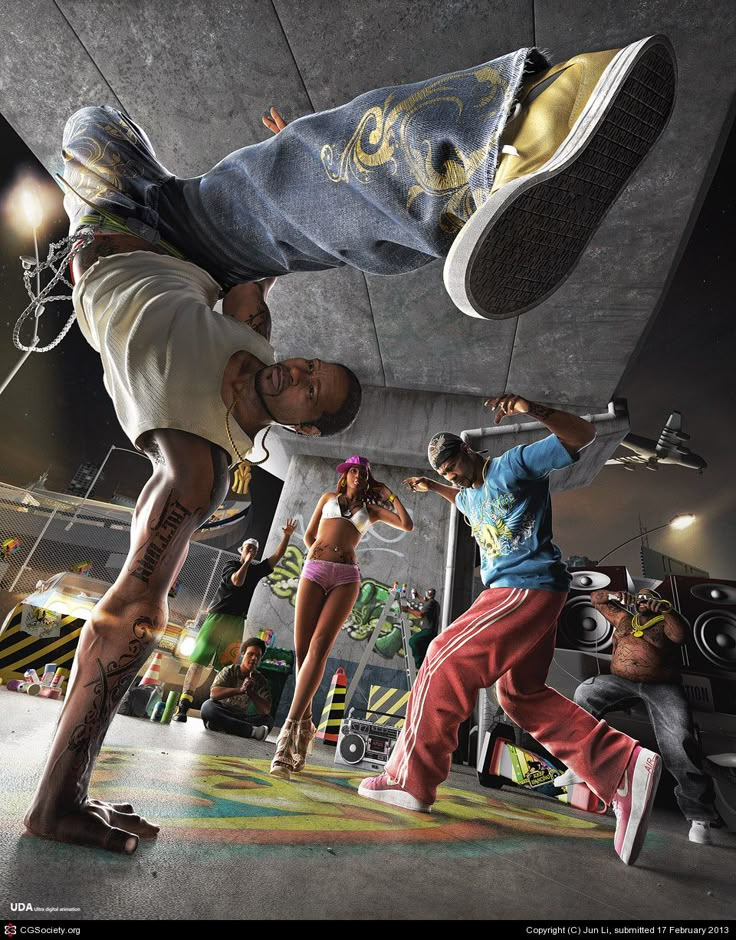
Types of Hip Hop dances
Breaking
Breaking (often referred to by mainstream media as "breakdancing”)" is a style of dance that was born through Hip Hop block parties. It’s an athletic dance style that allows skilled dancers to engage in good-natured battles and displays of one-upmanship.
DJ Kool Herc originally called these dancers break boys (b-boys) and break girls (b-girls) – because they danced to his breakbeats that he looped.
“Standard” techniques include fast footwork, freezes, powermoves, downrocks and toprocks.
Footwork and toprock both require being able to think in three dimensions, the ability to create your own moves, and the originality to imbue every individual movement with style, flavor, and originality. (Rajakumar 19)
The early b-boys and b-girls came from all kinds of backgrounds of movement.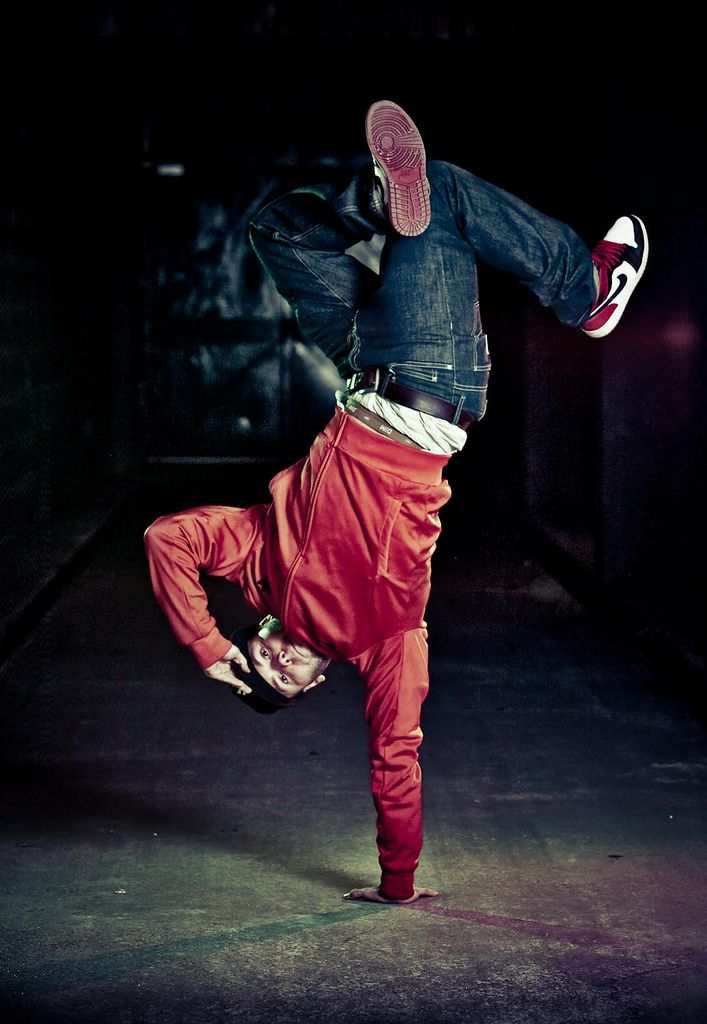
They brought salsa, Cuban mambo and rumba, Brazilian samba, Jazz dance, as well as martial arts like Kung-Fu and Capoeira to influence Breaking.
Breaking battles became tests of athleticism, attitude, originality, and dominance.
Through these battles, dancers earned pride, respect, and a sense of identity and purpose. And instead of asserting themselves with weapons or violence, they did so through dance.
Hip Hop Party Dances
But not everybody could do the athletically demanding moves of Breaking, nor were they interested in competition.
And different types of Hip Hop music prompted people to move a different way – a way that is social, light-hearted, and fun.
With the advent of dancers like Buddha Stretch, Hip Hop party dances were born!
Some examples of these social or party dance moves include the Snake, Chicken-head, Cabbage Patch, Harlem Shake, and Running Man.
As the dance scene expanded, multiple Hip Hop clubs sprang up all over New York. Two popular ones were Latin Quarters and Union Square.
The dances that emerged during this era are usually what people think of when you say “old school Hip Hop” dances.
Then, as we entered the late 90s and early 2000s, Hip Hop music evolved to include different instruments and rap flows, which led to new dances.
The Whip, Nae Nae, Dougie, Cat Daddy are examples of new school party dances that came from recent songs. (Brandon Allen Juezan)
P.S. You can learn all these Hip Hop party dance moves on STEEZY Studio too! Learning single moves can be a great way to delve into Hip Hop in a short amount of time.
Click here to take the classes for free.
Other “Hip Hop” styles?
Styles like Popping/Boogaloo, House, Locking, and Whacking are often incorrectly grouped under the Hip Hop “umbrella. ”
”
However, these are not Hip Hop styles, but their own individual styles of dance with their own techniques, vocabulary, and origin.
The social dances that developed in the 1980's like Locking and Popping are more accurately described as "West Coast Funk" styles.
Hip Hop dance in the media
Hip Hop started being noticed by the media in the early 1980's.
Films like Wild Style, Style Wars, Beat Street, and Breakin’ were significant in introducing Breaking and street dance culture to a wider audience.
In 1981, a battle between Rock Steady Crew and the Dynamic Rockers at the Lincoln Center gained national exposure.
It was covered by several New York Publications, and even National Geographic.
In 1983, the movie Flashdance featured dancers from Rock Steady Crew (Crazy Legs, Ken Swift, Frosty Freeze, and Mr. Freeze) in a cameo performance.
Freeze) in a cameo performance.
Graffiti Rock, though short-lived, was a show that bridged all the foundational elements of Hip Hop together.
"[Graffiti Rock] is still “remembered as one of the pioneers of hip hop culture.” (Rajakumar, 35)
Soul Train, created in the 70s by Don Cornelius, also popularized Hip Hop social dancing along with Popping, Locking, and other styles.
Breakers went on to be featured in commercials for major brands such as Burger King, Pepsi, Coke, and Panasonic, as well as talk shows, news shows, and even the 1984 summer Olympics.
Charles “Cholly” Atkins and James Brown popularized several dance moves that would later influence the future Hip Hop generation (Durden).
Elite Force, a dance crew from the 90s, was made of Hip Hop heads that also worked as professional dancers.
Elite Force, a dance crew from the 90s, was made of Hip Hop heads that also worked as professional dancers.
All of these Hip Hop dancers were getting more exposure and opportunities, but the style and culture were depicted in a watered-down and commercialized manner when it was performed for the masses.
“Critics now find flaws in the films as examples of the early commercialization of breakdancing diluting the intensity of the socioeconomic roots of the origins of breakdancing and hip hop culture – part athletic creativity and part struggle for meaning in the midst of poverty and social alienation.” (Rajakumar, 38)
After all, it’s difficult to make anything appeal to a mass market while fully preserving its authenticity.
Many dance and fitness studios use the term “Hip Hop” to describe their classes, despite the fact that the movements are not based on Hip Hop’s foundational grooves or culture.
And all of these misuses of the term “Hip Hop” have led people to believe that any choreography danced to Hip Hop, Rap, and R&B music is considered Hip Hop dance, which
Modern shows like America’s Best Dance Crew, Dancing With The Stars, So You Think You Can Dance, and movies like Save The Last Dance, You Got Served, and the Step Up series further popularized street style movement to younger dancers, but depicted underground Hip Hop culture in a way that was packaged to be palatable for the screen.
Today, dance organizations and community groups around the world are working to reverse this appropriation by practicing, teaching, and living all things Hip Hop as authentically and preserving the culture in its purest form.
View this post on Instagram
A post shared by Versa-Style Dance Company (@versastylela)
Hip Hop Dance Classes
As we previously mentioned, coming across an authentically taught Hip Hop dance class can be tough – especially if you live in smaller cities where that culture never had the chance to take root.
However, while you search for a class, you can always start your training by building your knowledge – it’s one of the 5 elements of Hip Hop after all!
We recommend that you train all of the background dance skills that’ll aid you in an in-person Hip Hop class by reading this article: How To Dance Hip Hop For Beginners
And for a deeper dive on all the things you might wanna know before taking any street style class, our post How To Start Dancing will give you info on everything from freestyling to getting involved in your local dance community.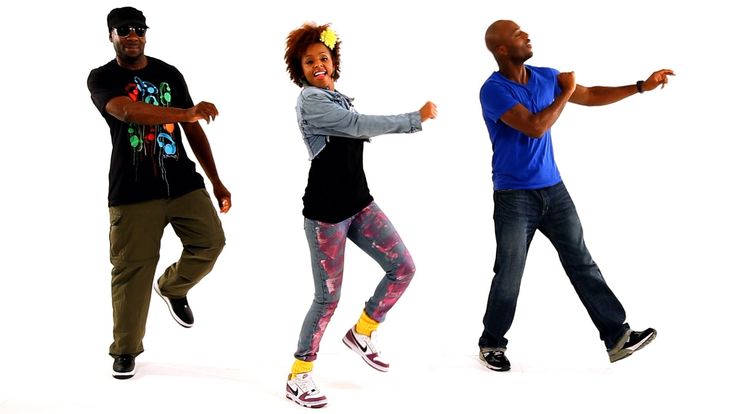
Now, let’s talk about how to actually find a good Hip Hop class in your area.
- Start simple by Googling. Look up “Hip Hop dance classes near me” and check out dance studios or events that have great reviews.
- Once you find a few solid-looking studios, check out their social media (Instagram, YouTube, and Facebook tend to be best) to get a sense of what the classes actually look like.
- Check out the studio websites.
As you’re doing all of this digging, you should be looking for a couple of things!
First, you should be making sure that the classes are truly Hip Hop, not a mix of styles that has been artificially labeled.
To do this, look for classic moves listed in their website descriptions/executed in their videos. Also look for language about “bounces and rocks,” “old school,” or “new school” dance moves.
Lastly, research the instructor! Does it seem like they’re a member of the wider Hip Hop community? Do they talk about the culture and history like we’ve done in this article? Or do they talk mostly about superficial, commercialized things?
Use your best judgement!
And if you can't find Hip Hop dance classes near you, or you just wanna learn in the comfort of home, we have plenty of authentically taught classes and programs for you on STEEZY Studio.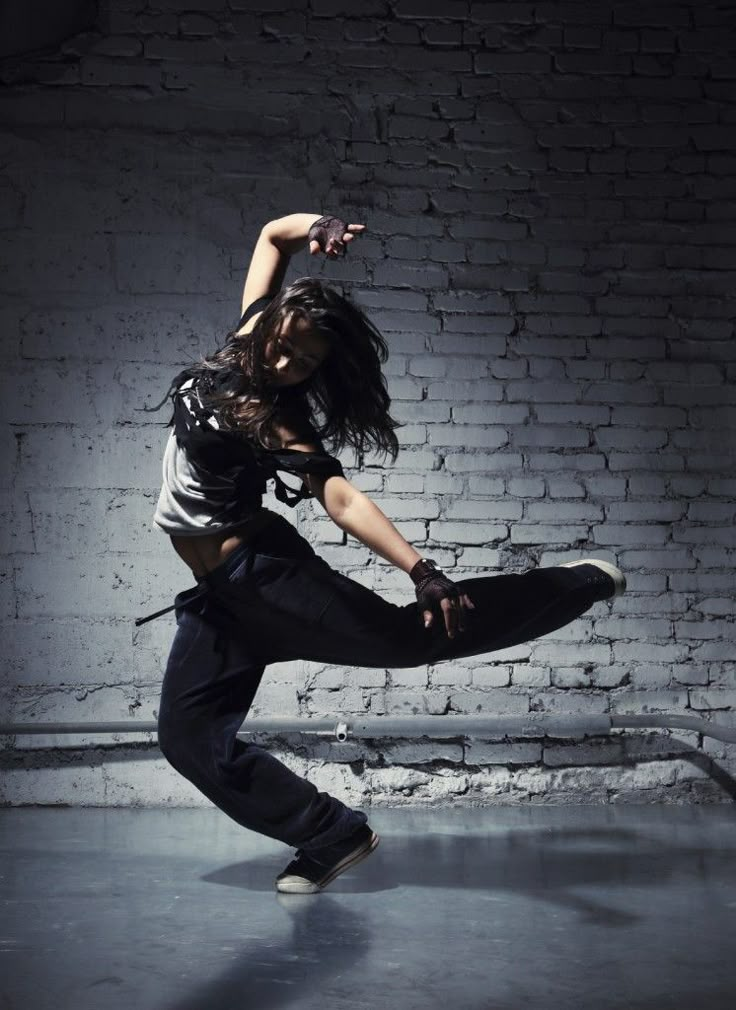
Our Beginner Hip Hop program is taught by OG Hip Hop dancer Buddha Stretch. Step-by-step, he’ll guide you through the basics of rhythm, technique, performance skills, and more.
Click here to start the Beginner Hip Hop Program on STEEZY.
If you’re looking for something a little more bite-sized, check out our FREE classes with Brandon Beastboi Juezan! Each class covers a classic Hip Hop move or one of the more recent viral moves of the 2000s.
Lastly, if you’re an intermediate/advanced dancer, you might be ready to explore Hip Hop in a more personal way.
Check out these 5 tips on how to find your own flavor in Hip Hop dance.
And as for choreography?
Though Open Style Choreography (once referred to as Urban Dance) is not Hip Hop dance, we can trace some of its movements and techniques to Hip Hop and street styles.
If choreography is what you’re actually looking for, STEEZY made it a priority to give that style of movement its own category!
You can check out our Open Style Choreography classes here, and you can find out more about the differences between "Urban Dance" and Hip Hop here.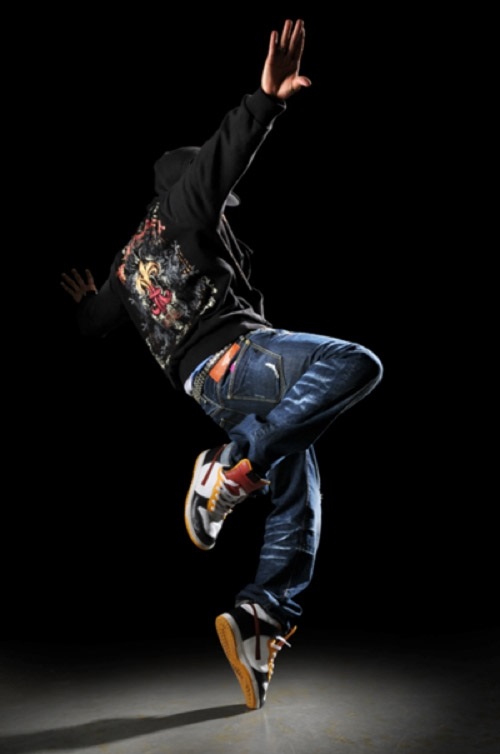
What Hip Hop dance means to us
As a part of our jobs as dance educators and because of our personal understanding of how deep dance cultures root back, STEEZY does everything we can to preserve and share the right information – especially with the younger generation of dancers.
In all of our styles programs on STEEZY Studio, whether it's:
Slim Boogie’s Beginner Popping Program
Jojo Diggs' Beginner House Program
Lorena Valenzuela's Beginner Whacking Program
Tango Leadaz' Beginner Dancehall Program
Mr. YouTube’s Beginner Lite Feet Program
Bboy Machine’s Beginner Breaking Program
we make sure to
- Work with dope dancers/teachers who are also respected ambassadors of each dance culture
- Include History as a part of teaching the dance moves (because the moves came from the history)
Head over to STEEZY now to try our Hip Hop classes from home, and learn about the style from authentic educators in the Hip Hop community.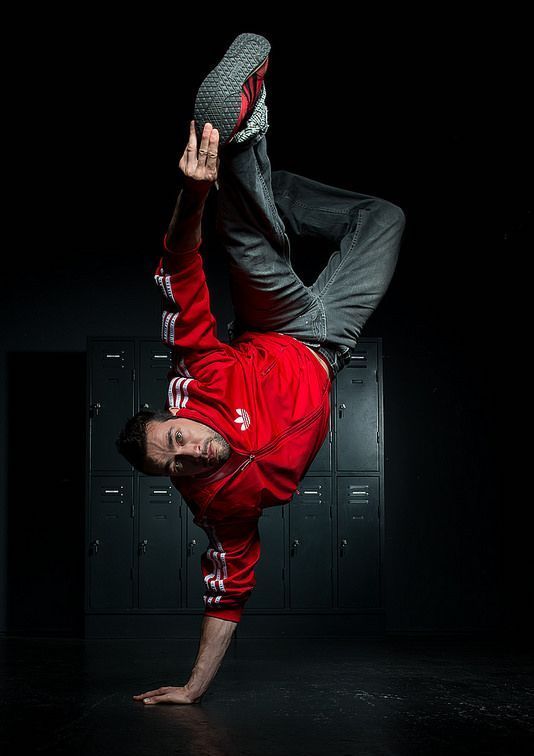
This article about Hip Hop Dance is far from perfect, and I fantasize of one day writing one all-inclusive piece that accurately, thoroughly covers every little thing about Hip Hop.
But Hip Hop's story contains so many moving parts (some of which conflict), stories of several people's personal lives, and so many details that are still being uncovered to this day...
It's nearly impossible to capture all of that in one package...
Unless it's a package of Encyclopedias?
Alas, I accepted that I can't write the perfect story, and instead embraced the opportunity to simply create dialogue.
If you disagree with something, then write to me ([email protected]) and let me know.
Or if you have something to add, can connect me with people to interview, have any questions to ask, please don't hesitate to reach out.
We're all learning together. That's what this is really about.
Sources:
Hip Hop, by Christopher A. Miller and Rebecca A Ferrell
Hip Hop Culture, Emmett G.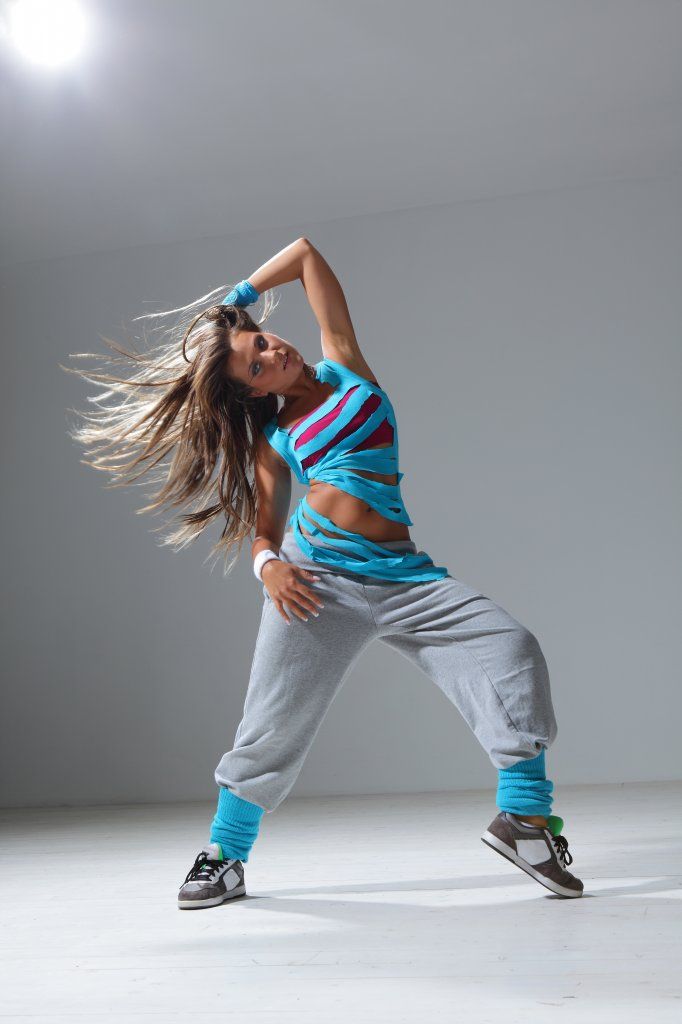 Price III, Santa Barbara, CA: ABC-CLIO 2006
Price III, Santa Barbara, CA: ABC-CLIO 2006
Hip Hop Dance, Mohanalakshmi Rajakumar
Underground Dance Masters: Final History Of A Forgotten Era, Thomas Guzman-Sanchez
Hip-Hop Dance in Context Jazz Dance: A History of the Roots and Branches E. Moncell Durden
To your attention one of the most famous street dances HiR HOP
Hip hop dancing is a kind of modern street choreography. This genre arose as one of the first street dances, which already at that time included elements of locking, breaking dance, popping, etc., which later received a separate subspecies of choreography. The name hip hop appeared much earlier than dance, earlier it meant only a musical direction, it's something between rap and RnB, so you can not only dance hip hop, but also listen and sing.)
Hip hop came to the big scene from the streets, just like other street dance styles, hip hop dance was born in a not very prosperous area of the USA, and it happened in the 1970s, very soon this dance gained high popularity among local residents, and in order to somehow cultivate and root it, a special organization was created which was called "Hip Hop Culture", and which was engaged in the development of hip hop and promoted it to the general public, for this various types of battles were held, at first they were small actions among themselves , then between the streets, and then between the districts.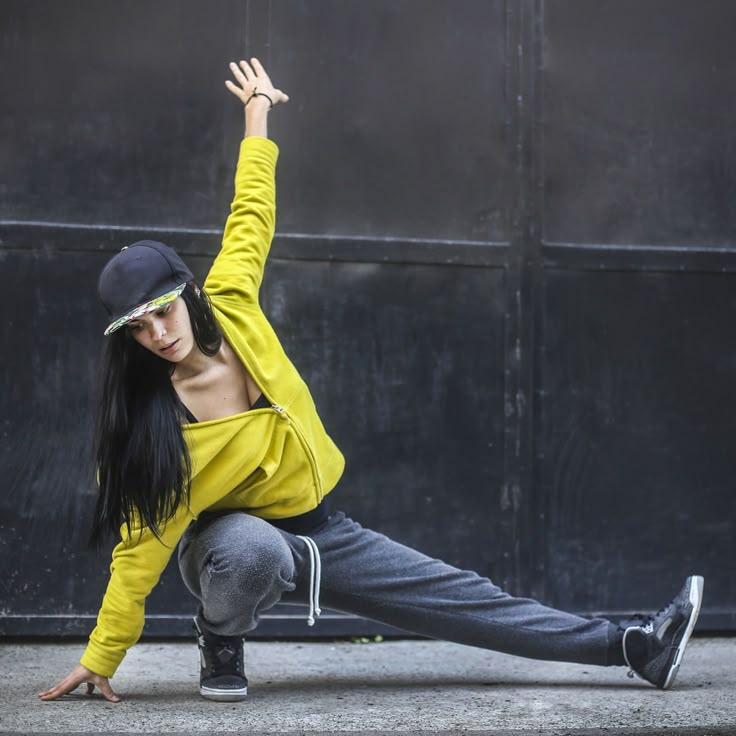 It happened in the open air, right on the pavement, without any special equipment, since the Ministry of Culture did not believe that something good could develop from hip hop and somehow glorify their country.
It happened in the open air, right on the pavement, without any special equipment, since the Ministry of Culture did not believe that something good could develop from hip hop and somehow glorify their country.
And yet it happened and greatly influenced the world choreography, now if we say two words America and dance, then we immediately have an association with hip hop.
Hip hop dance has become very popular, probably there is no country where hip hop is not danced, grandiose shows, competitions, festivals originate from this style, dancers from all over the world come to them with huge teams.
Whatever it was, but every dance school in Lviv has in its arsenal hip hop dance style, it has gained the most popularity among young people and children, especially among boys.
How to learn to dance hip hop. Children's hip hop.
No matter where you go to the dance studio, you will definitely find the hip hop dance style. Everyone can do this dance, there are lessons for beginners where you will be taught to dance hip hop from scratch.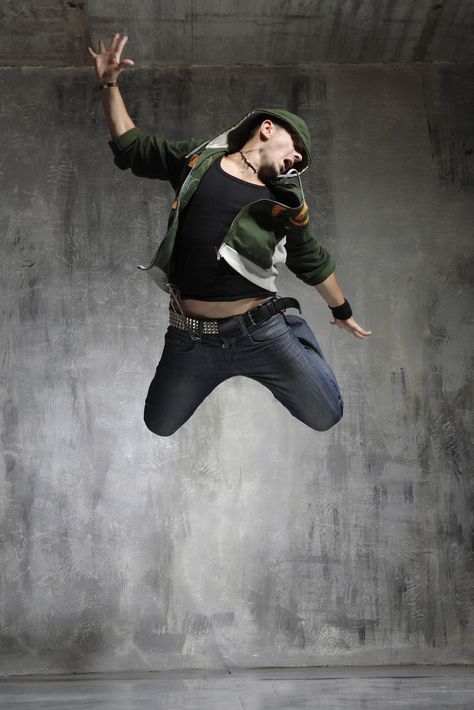
There are lessons of various levels of preparation, you can dance hip hop just for yourself, for your own pleasure, or you can do it professionally, then taking part in various competitive and demonstration events.
As for children, children's hip hop is probably the most popular dance direction among children today, and although many adults believe that this is a cottony, somewhat brutal dance style, girls are not at all afraid of this and they also go to classes with hip hop.
Basic movements and variety of hip hop, clothing and music for hip hop.
For hip hop, just like for any other dance, a sense of rhythm is important, by and large hip hop is improvisation, that is, you yourself, to the music that is playing now, come up with movements and perform them at the same moment. Of course, there are certain elements without which hip hop is impossible, so for good improvisation in the future you need to study them, the base in hip hop is quite large compared to other street dances, it includes a variety of “swings” with various parts of the body, as well as a large number of steps .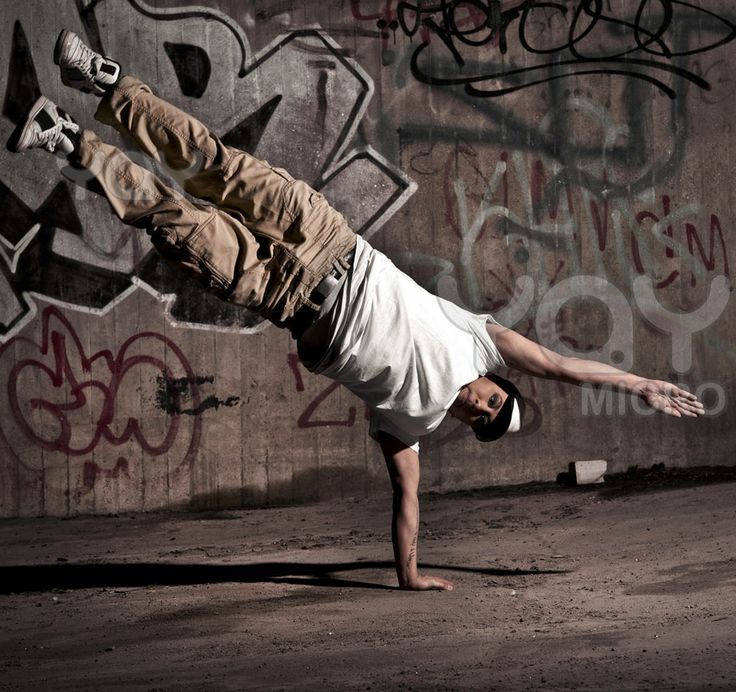
Hip hop improvisation is called freestyle, just like improvisation in rap.
It is almost impossible to learn hip hop on your own, especially if you have never danced anything before, the whole system of hip hop performance will be explained to you more easily in the studios where this style is taught.
The understanding of hip hop as a rough and hard dance is long gone, now there are many varieties of hip hop, thanks to which you can choose exactly the kind that suits you.
Hip hop distribution:
- Old school - that is, the hip hop that was danced from its very beginnings.
- New school - new school, hip hop is popular today.
- Lyrical hip hop - lyrical hip hop, gentle in performance in comparison with the usual, can be performed not only by girls but also by guys.
This is one of the main varieties of hip hop.
The musical accompaniment for this dance, as you already understood, is rap, sometimes called hip hop and RnB.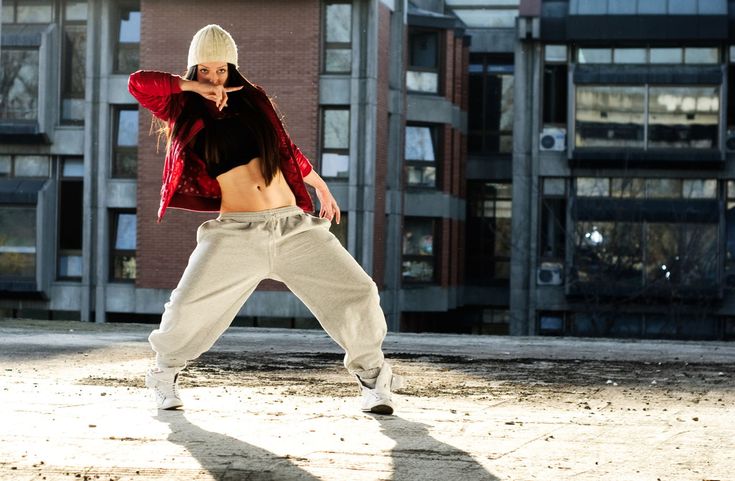
Clothing can be anything, there are no special criteria, but there are still wide T-shirts, wide jeans, sneakers, sneakers, baseball caps, rappers and everything that fits this style.
If you have read to the end and you liked it, put like❤ and subscribe to our social networks, there will be many more interesting things to come!!!
types of street dances and clothing style
Contents
A dance direction that involves not just a set of movements to music, but a whole lifestyle. Very young, but full of difficult stories - hip-hop style. His path - from disadvantaged areas of New York to the top stages of the planet - is a model for thousands of followers.
The difficult path of this style began in the 60s of the last century in the South Bronx, which is considered the most disadvantaged area of New York. Parties were regularly held there, at which the man who later became recognized as the creator of rap, Kul Gerk, read recitatives to the music.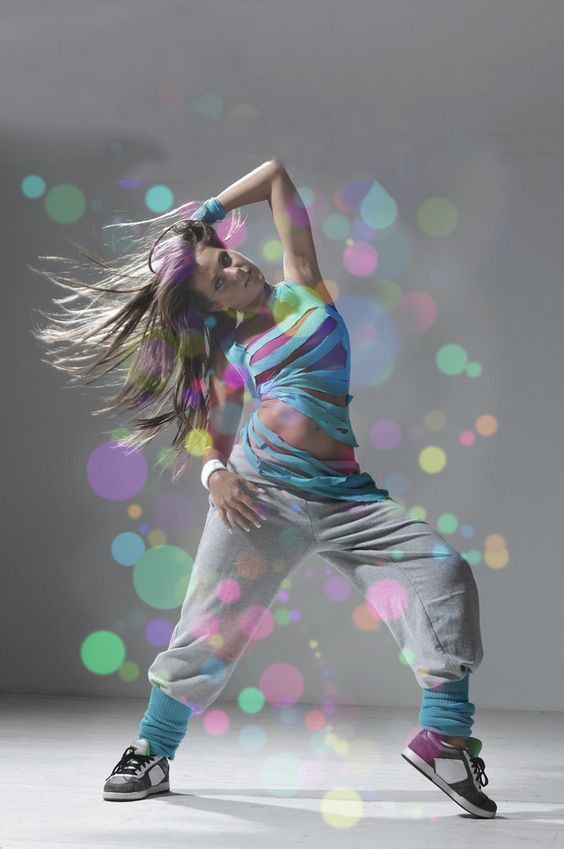 During the breaks, a circle was improvised, in the center of which, one by one, young people showed their dancing skills. This is how breakdance appeared, and after it - other types of street dances. 1974 is considered the official date for the emergence of hip-hop as a culture. Five of its components were identified by DJ Afrika Bambaataa: these are “emsiing”, “DJing”, breaking, graffiti and a special worldview, including a certain language and the corresponding fashion. In general, in the last century, hip-hop dances were nothing more than a challenge to society, a protest against inequality and the unfair treatment of the government towards people. Now the hip-hop style is usually divided into old and new schools.
During the breaks, a circle was improvised, in the center of which, one by one, young people showed their dancing skills. This is how breakdance appeared, and after it - other types of street dances. 1974 is considered the official date for the emergence of hip-hop as a culture. Five of its components were identified by DJ Afrika Bambaataa: these are “emsiing”, “DJing”, breaking, graffiti and a special worldview, including a certain language and the corresponding fashion. In general, in the last century, hip-hop dances were nothing more than a challenge to society, a protest against inequality and the unfair treatment of the government towards people. Now the hip-hop style is usually divided into old and new schools.
Old school hip hop
This is breakdance, locking and popping combined into a group of funk directions. An interesting dance with “locks”, that is, locking, was accidentally invented by Don Campbell, who wanted to impress his friends at a disco, but thought about the movements for too long, which is why he often froze in different poses for several seconds.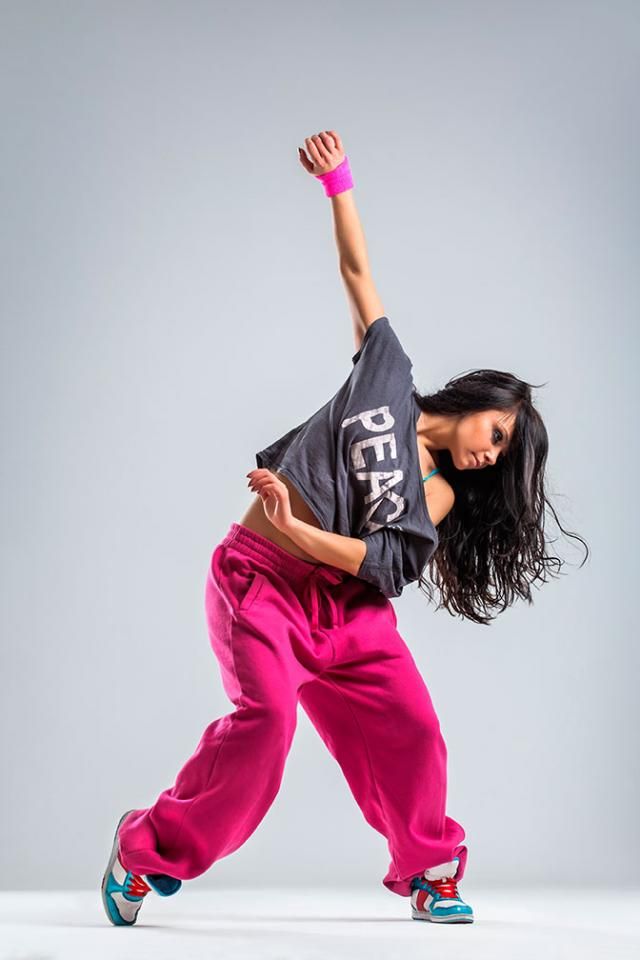 Shortly thereafter, a strange dance with jerky movements, spreading arms, loops and jumps began to dance all over the United States of America. Do not forget about this style today.
Shortly thereafter, a strange dance with jerky movements, spreading arms, loops and jumps began to dance all over the United States of America. Do not forget about this style today.
Another old-school hip hop dance - popping - is based on the rapid contraction and relaxation of muscles, which from the side look like sharp jerks on the performer's torso. Dancers of this style skillfully combine the control of even the smallest muscles of their body with dance movements of other directions.
As for the main dance in the style of hip-hop - break dancing, it originated in the early 70s in the western parts of New York. It all started with the so-called Uprock - a manner of performance similar to a dance battle. So street gangs sorted out their relationship and decided who was cooler. For some time, breakdancing was underground, the dancers were not recognized and taken for ordinary rebels, but the children from the ghetto managed to get the public to accept them. The main credit for this goes to the Rock Steady Crew, who invented many of the style's key moves.
Later, the school was enriched with such original dance styles as robot, animation, king-tat and Electric Boogaloo. Interestingly, the latter was accidentally invented by guys who really wanted to dance popping, but did not know how.
Sign up for a trial class
New School Hip Hop
While the old school places a lot of emphasis on acrobatic elements, new school hip hop dance styles rely on active footwork. The new school of hip-hop includes one of the key areas - freestyle or otherwise New Style. It was formed along with changes in attitudes towards blacks in America. The good old basic hip-hop has absorbed elements of ragga, modern and even Latin and turned into an improvisational dance: the performer moves very dynamically and at the same time relaxed, so the audience gets the impression that the number is invented on the go. No wonder hip-hop is called the philosophy of freedom.
Freestyle is also distinguished by its content: this style includes movements from a wide variety of dance styles, without focusing on whether it is hip-hop or not. In fact, the improviser has the widest range of elements, he can only fantasize and listen to his body. This is what hip-hop dance is in a new performance.
In fact, the improviser has the widest range of elements, he can only fantasize and listen to his body. This is what hip-hop dance is in a new performance.
LA Style is often confused with New Style, but this is a completely different direction. It is easy to guess that the style originated in Los Angeles. The difference between this kind of hip-hop is that it is show-oriented. It was in New Style that pure choreography began to appear, and not the individual fantasy of the performer. This style looks very impressive on video, so it began to be used in music videos and when staging major shows. Here, the accuracy of movements, a clear set choreography, often synchronism, but not improvisation, are important.
Crump is another part of the new school of hip-hop. His manner of performance is based on very energetic movements with all parts of the body. The style looks spectacular, but very aggressive. The abbreviation KRUMP stands for "Empire of the Absolute Power of Spiritual Praise", if translated into Russian.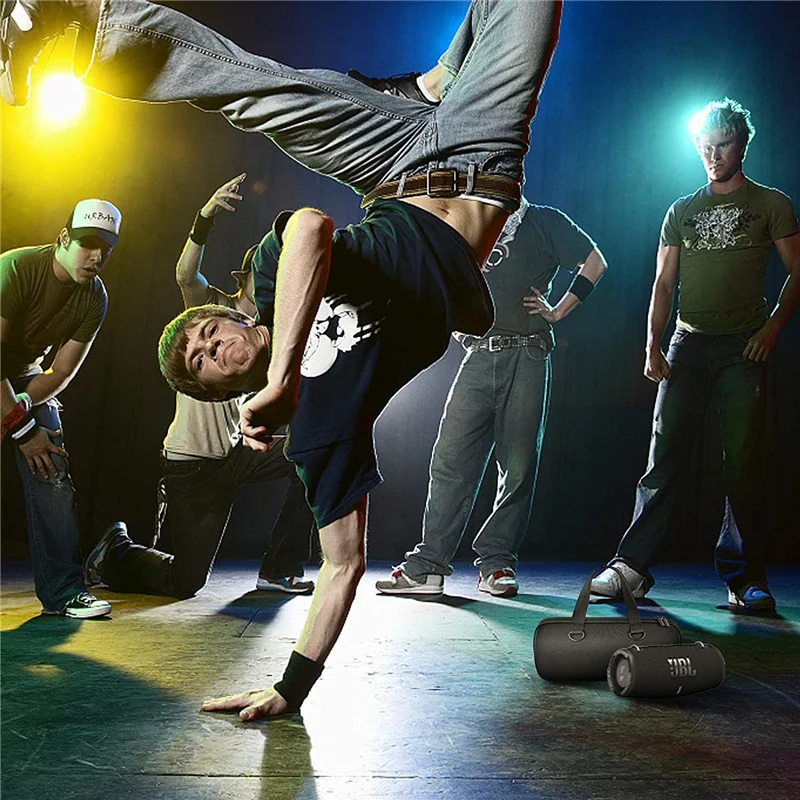 That is, the direction is aimed at expressing the individual essence of the dancers. It seems to burst outward, causing the performer to "convulse". Today krump is one of the top destinations in Europe.
That is, the direction is aimed at expressing the individual essence of the dancers. It seems to burst outward, causing the performer to "convulse". Today krump is one of the top destinations in Europe.
C-Walk is a hip-hop style with a very unusual history. In the 80s of the last century, it was a symbolic dance of the infamous rapper gang Crips (hence the Crip Walk). These guys used the foot dance as their language: with sharp movements of their legs they depicted their name, crossed out the names of rivals and even gave signals to the "chosen ones", mostly bandits. In response to such a provocation, the Bloods gang invented their B-Walk, which consisted only of the work of the hands, but they were no longer the pioneers, so this style clearly lost to the Crips in popularity. But C-Walk has firmly entered the hip-hop direction, today it is divided into Crown Walk and Clown Walk and remains very spectacular and popular.
Hip-hop today: clothes and schools of hip-hop
And, of course, what a trend that claims to be a whole philosophy, without appropriate clothing.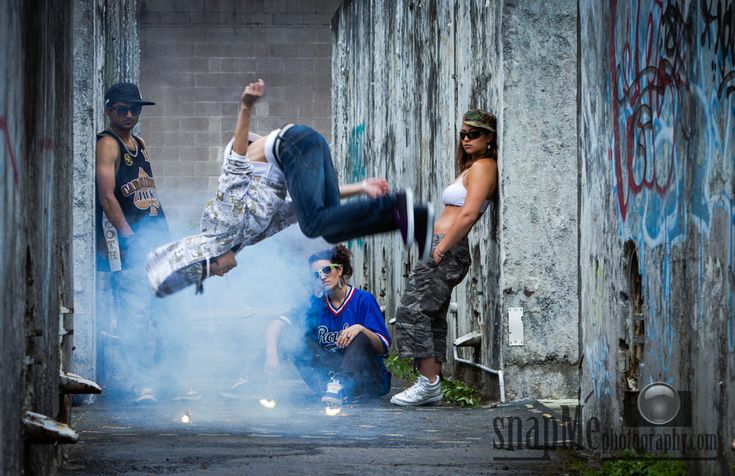 Ever since the 70s, the appearance of fans of this culture, like the hip-hop movement, is complete freedom in everything. Hip-hop clothing for girls is a T-shirt, a men's hoodie, a cap and loose sweatpants or trumpet jeans. The beautiful half of the party demonstrates its femininity unobtrusively - by accidentally looking out underwear or bra straps. Men, on the other hand, boldly combine sports T-shirts with office shirts, wear the same sweatshirts, sweatpants and spacious T-shirts.
Ever since the 70s, the appearance of fans of this culture, like the hip-hop movement, is complete freedom in everything. Hip-hop clothing for girls is a T-shirt, a men's hoodie, a cap and loose sweatpants or trumpet jeans. The beautiful half of the party demonstrates its femininity unobtrusively - by accidentally looking out underwear or bra straps. Men, on the other hand, boldly combine sports T-shirts with office shirts, wear the same sweatshirts, sweatpants and spacious T-shirts.
Hip-hop style is definitely worthy of respect. One need only imagine the conditions under which it originated: teenagers grew up in conditions of aggression and persecution of blacks, society despised the ghetto pupils, dancers were driven off the streets, and their styles were forbidden. So, tired of beatings and blood, young people united and created their own philosophy, where all resentment and anger is expressed in words and dances. These guys proclaimed positivity and a smile as their main distinguishing marks.